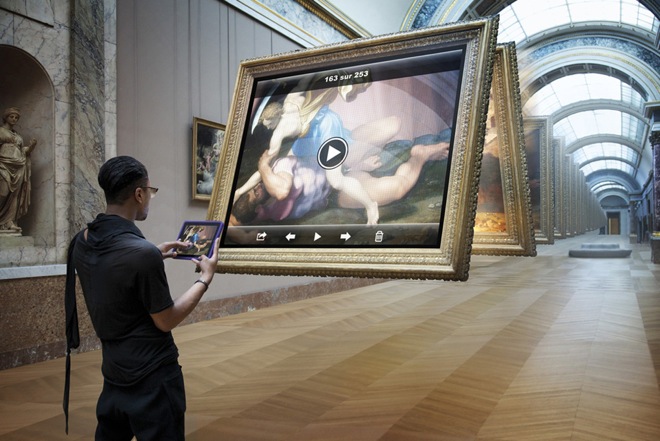
Career Resources
An art history major helps students develop competence in visual literacy, analytical skills, communication skills, and cultural and historical awareness. Art history graduates make competitive candidates in art-based professions in museums, galleries, archives, and cultural institutes as well as business, education, law, private and nonprofit organizations, professional writing, and publishing.
Skills
An art history major helps students develop competence in the following areas:
Visual Literacy
- Aesthetic and design consciousness
- Analysis of visual culture (websites, ads, etc.)
- Understanding how images work in today’s world
Analytical Skills
- Critical thinking and analysis
- Research skills: collecting, organizing and interpreting sources
- Integration of theory and practice
Communication Skills
- Clear and effective writing
- Public speaking
- Critical listening and ability to dialogue with others
Cultural and Historical Awareness
- Familiarity with cultures other than one’s own
- Depth of historical knowledge
- Awareness of how the past impacts the present
Career Paths and Potential Employers
Students who major in Art History go on to work in a variety of career fields. Some are related to art history, while other career paths are outside of that field but benefit from the transferrable skills developed through this major. Your chosen path depends on your unique interests, skills, personality and values and how you want to apply them to the world of work. If you would like assistance with this career exploration process, you can make an appointment with a career advisor in the College of Design Student Services office.
Below are some examples of common career areas you can enter with a background in art history. A more detailed list of career paths, typical employers, and strategies is available through the What Can I Do With This Major? webpage.
Museums and Galleries
- Positions: curator, collections manager, archivist, gallerist, conservator/restorer
- Potential employers: public and private art museums; natural and cultural history museums; archives; historical preservation societies; restoration and conservation centers.
- What’s the Best Path to a Top Museum Job?
Arts Sales
- Positions: appraiser, dealer, art advisor or consultant, connoisseur
- Potential employers: commercial and non-profit galleries, auction houses, interior design firms
Education
- Positions: educational program coordinator, academic or student affairs specialist, librarian, teacher, scholar
- Potential employers: colleges and universities, secondary schools, libraries, museums
Media
- Positions: publisher, editor, art critic/journalist, graphic designer
- Potential employers: publishing houses, magazines, journals, websites, advertising agencies
Non-profit
- Positions: administrator, public relations specialist, researcher, grant writer
- Potential employers: local and national nonprofit agencies, foundations, Historic sites and societies
Professional Resources
Jobs, Internships, and Other Opportunities
Professional Associations
Professional associations are non-profit organizations made up of professionals in affiliated fields. They serve to provide resources, professional development opportunities (such as conferences and workshops), and networking events for members. As a student, you might find joining an association helpful for your professional development. There is typically a membership fee, but some associations offer a reduced rate for students. Whether or not you choose to join, you can find useful information on the following association websites:
- College Art Association
- American Alliance of Museums
- Artist Trust (Washington State)
- Museum Employment Research Center
- Regional Arts & Culture Council (Portland, OR)
- National Art Education Association
- Association of Art Museum Curators
- Americans for the Arts
What the Business World is Saying about Hiring Art History Majors
- The Most Unexpected Workplace Trend Coming in 2020: the Return of the Liberal Arts Major, Inc.
- To Succeed in Business, Major in Art History, Huffington Post
- Why Top Tech CEOs Want Employees with Liberal Arts Degrees, Fast Company
- Liberal Arts in the Data Age, Harvard Business Review
- Liberal Arts Majors: The Tech World Wants You, New York Times
- That Liberal Arts Degree Has Become Tech’s Hottest Ticket, Forbes
- Why Critics are Wrong about Liberal Arts Degrees, Fortune
- Liberal Arts Degree Delivers Liberal Earnings and Job Satisfaction, Seattle Times